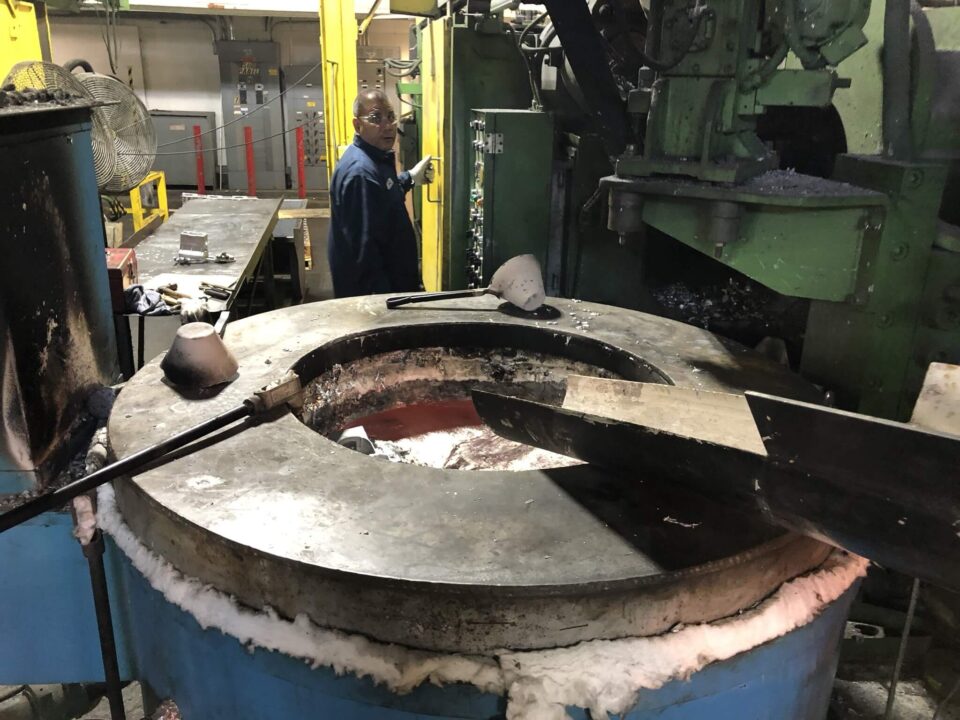Casting in the automotive industry is a technique that includes the production of a metal component that is produced to order and is used in the manufacturing of automobiles. This process might be difficult to understand, and it entails a very large number of distinct processes that need to be completed in order to produce a final product of superior quality. This post will provide you with a comprehensive guide to crafting perfection through the automotive casting process.
What is the production casting method?
Production method that is used in the production of such castings, which are items made of solid metal. Pouring molten metal into a mold is the process. After entering the mold, the metal undergoes a cooling process and solidifies in the form of the hole of the mold. For the formation of complicated components, automotive casting provides an unparalleled degree of flexibility. It is also favourable to high-volume manufacturing runs, that is, production runs in which the amounts of materials can be regulated well in order to minimize waste and decrease costs. Another name for the casting process is the founding process. We will read further in more detail.
About Foundry’s
In addition to producing metal castings, this facility also provides a variety of additional finishing operations and services, including mold-making, melting, pouring, decomposition, heat treatment, surface cleaning, and various additional finishing procedures.
The Procedure for Casting, Step by Step guide
Step 1: Design and prototype creation
Design and prototype development are the initial steps in the process of reaching perfection in the complex world of automobile casting. This is the first step in the way to perfection. This preliminary stage lays the groundwork for the whole of the investment castings for automotive process, which is where ingenuity and accuracy come together to produce automobile components of an unrivaled quality.
Step 2: Material selection for casting
During the casting process for automobiles, one of the most important steps is to choose the appropriate material. Because of the material that is used, the ultimate workmanship, dependability, and overall efficiency of the automobile component that is being manufactured will be determined. When choosing the material for casting, there are a number of considerations that need to be taken into account. These include the intended use of the component, the circumstances surrounding it, the affordability, and the machinability of the material.
Step 3: Tooling and mold development
As the tooling creation process lays the groundwork for the whole casting process, it is imperative that it be approached with great care. For the purpose of translating detailed ideas and requirements into molds that may be physically molded, skilled engineers and designers collaborate closely. For the purpose of casting the needed vehicle components with the highest possible degree of precision, these molds serve as the blueprint.
Step 4: Casting process overview
In the fourth step of the Investment castings for automotiveprocess, the molten metal is carefully poured into molds to make complicated components. This step is one of the most important steps in the process. At this step, it is necessary to have a strong eye for detail and a steady hand in order to guarantee that every component satisfies the precise requirements that are necessary for the best possible performance.
Every single step of the casting procedure is thoroughly staged to ensure that the end result is of the best possible quality and reliability. This includes everything from the selection of the appropriate materials to the achievement of the ideal temperature and pressure parameters required.
Step 5: Quality control and inspection
In the event that the automobile components have been cast, it is of the utmost need to guarantee that they are of the greatest possible quality. During this stage of the automobile casting process, quality control and inspection are very important for the whole process.
During the quality control process, every component is subjected to a comprehensive inspection to identify and eliminate any flaws, faults, or irregularities.
Conclusion
We have given you with helpful insights that will assist you in the process of creating faultless automobile components. You will be able to improve your skills and attain perfection in automotive casting if you give these steps the attention and consideration they need.

